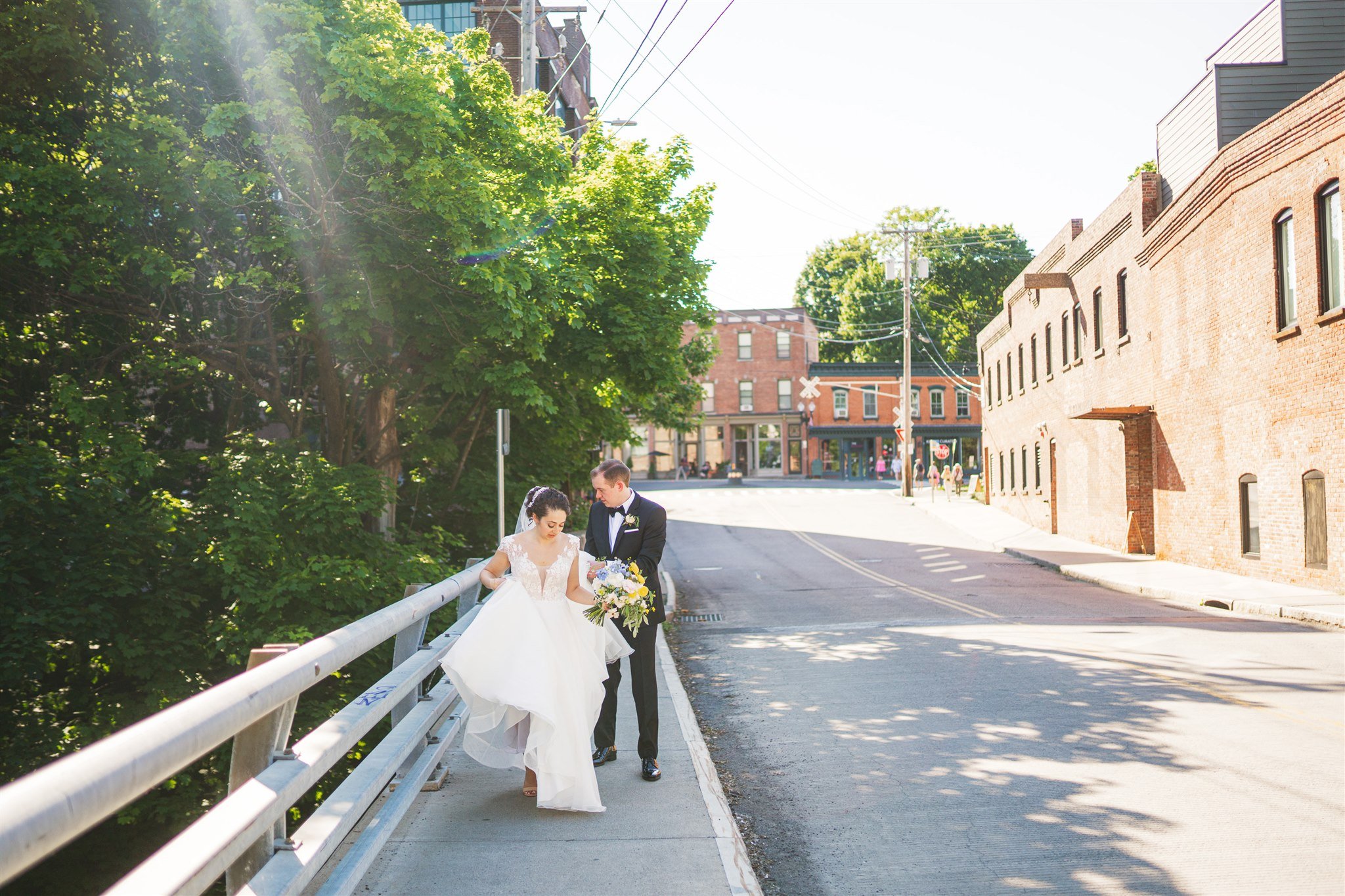How to Safely Store Your Wedding Photos for the Long Haul
Your wedding day is one of your life's most important and memorable events, and your wedding photos are likely the most important way you’ll relive it for years to come. That's why it's important to take steps to protect and preserve your wedding photos for the long haul. In this article, I’ll give you some tips on how to safely store your wedding photos so that you can enjoy them for years to come.
I can personally attest to the devastation of losing precious photos. When I was in college, I had an external hard drive that one day just stopped working. Anyone who’s dropped a hard drive and has heard clicking sounds coming out of it knows that the prognosis is not good. Fortunately, there was no client work on that drive, but I did end up losing a lot of personal photos. It was heartbreaking to lose them, and it was a mistake I’ve only ever made once.
Make multiple copies of your photos: the 3-2-1 rule
If you look online, you might come across something known as the “3-2-1 rule.” In short, it means that you should have 3 copies of your files, in 2 different places, 1 of them offsite.
So for example, what that might look like is: one copy of your files at home on your computer, a second copy on a USB drive that you keep in your safe, and a third copy on your Google Drive. The point of this is that if one copy is lost or damaged, you'll have others to fall back on.
Use a reliable storage method
There are many options for storing your wedding photos, both physically and digitally. When choosing a storage method, it's important to consider factors such as cost, capacity, accessibility, and durability. Here are a few options to consider:
Physical storage: It might seem counterintuitive, but albums and prints are a valid way to “backup” your photos. If you think about it, 15 years ago CDs were everywhere but they were replacing floppy disks. You might think that storing files on a USB drive is “future-proof” but you never know if the USB format will be here to stay. However, a printed-out photo or an album is always viewable, no matter what. Prints and albums come in a variety of sizes and styles, and they provide a way to organize and display your photos. Feel free to reach out to us if you have any questions about how best to display your images.
Digital storage: Hard drives and USB drives are common options for digitally storing wedding photos. Hard drives offer more capacity and are more durable than USB drives, but they are also larger and more expensive. USB drives are portable and easy to use, but they have a lower capacity and can be prone to failure. Some people will even store their wedding photos on a CD/DVD drive, but readers are getting harder and harder to come by, though CDs/DVDs are really stable for long-term storage.
Protect your photos from damage
To ensure the longevity of your wedding photos, it's important to protect them from physical and digital damage. Here are a few tips to keep your photos safe:
Protect against physical damage: Water, fire, and exposure to light can all damage physical copies of your wedding photos. Keep your photos away from heat sources and direct sunlight to prevent fading or discoloration. All of the prints that I sell to clients are printed on archival-quality, acid-free paper which while resistant to sun damage, are not immune. It’s best to display prints in areas that do not receive direct sunlight, and preferably also in areas that are not exposed to a lot of humidity. So think hallways and living rooms, instead of kitchens and bathrooms.
Prevent digital damage: File corruption and data loss are common problems with digital storage. Generally, the more you plug in a USB drive, the more likely it is to get damaged. To prevent this, in addition to regularly backing up your images, it’s a good idea to keep your wedding photos stored on separate USB/hard drives that won’t be accessed often, to minimize data corruption issues. On top of that, make sure that you pick a solid cloud storage provider. Dropbox and Google Drive are good options, but be aware that these cloud providers can change their policies without notifying you, so don’t rely on them as your only backup option. It’s also a good idea to test your backups every so often to make sure that you still have access to your files.
Conclusion
Your wedding photos are valuable and irreplaceable, so it's important to take steps to protect and preserve them. By making multiple copies of your photos, using a reliable storage method, and protecting your photos from damage, you can ensure that your wedding photos are safe and secure for the long haul. If you have any questions on how to best backup your photos, make sure to talk to us about it after you receive your photos!




